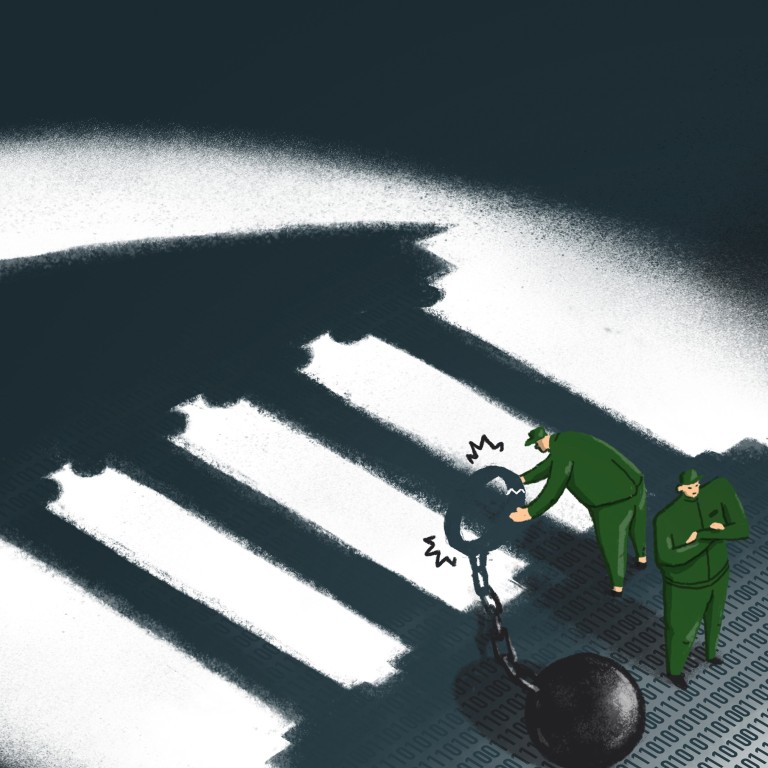
China’s regulators put up a fence around risks as technology’s surging influence threatens to overshadow finance in fintech
- Over the past five years, China’s household debt levels grew at a pace similar to the US ahead of the global financial crisis
- New fintech rules on online microlending could force China’s internet giants to rethink business practices
This is the first of a five-part series looking at China’s fintech industry in the wake of regulators’ decision to suspend the initial public offering of Ant Group, which was widely expected to be the world’s biggest capital raising.
The new rules are part of regulators’ attempts to redefine and rethink fintech, amid concerns that technology has usurped the fundamentals of finance, creating potential systemic risks in the world’s second-largest economy.
“Chinese fintech groups have, in some cases, grown so big that their collaborations with banks are increasing contagion risks in China’s financial system,” said Grace Wu, an analyst at Fitch Ratings. “We expect tighter regulations on fintech companies to continue.”
But the excessive use of technology in finance – especially the little-understood mixture of big data, artificial intelligence and cloud computing – may be too potent for regulators who are wary of defaults and disruptions of financial services spilling over into social unrest.
“Dramatic as the suspension [of Ant’s dual listing] was, it forms part of a wider political drive as the leadership seeks to widen and consolidate its control over finance and technology as well as over other key sectors.”
As China transformed from an export-driven economy to one reliant on consumer spending over the past decade, fintech conglomerates rose to serve the country’s 11.8 trillion yuan (US$1.8 trillion) consumer loans market, creating new risks outside the tightly regulated banking system.
Until recently, fintech companies had been given room to roam, enabling lenders in China’s so-called shadow banking system to grow into some of the world’s most valuable companies.
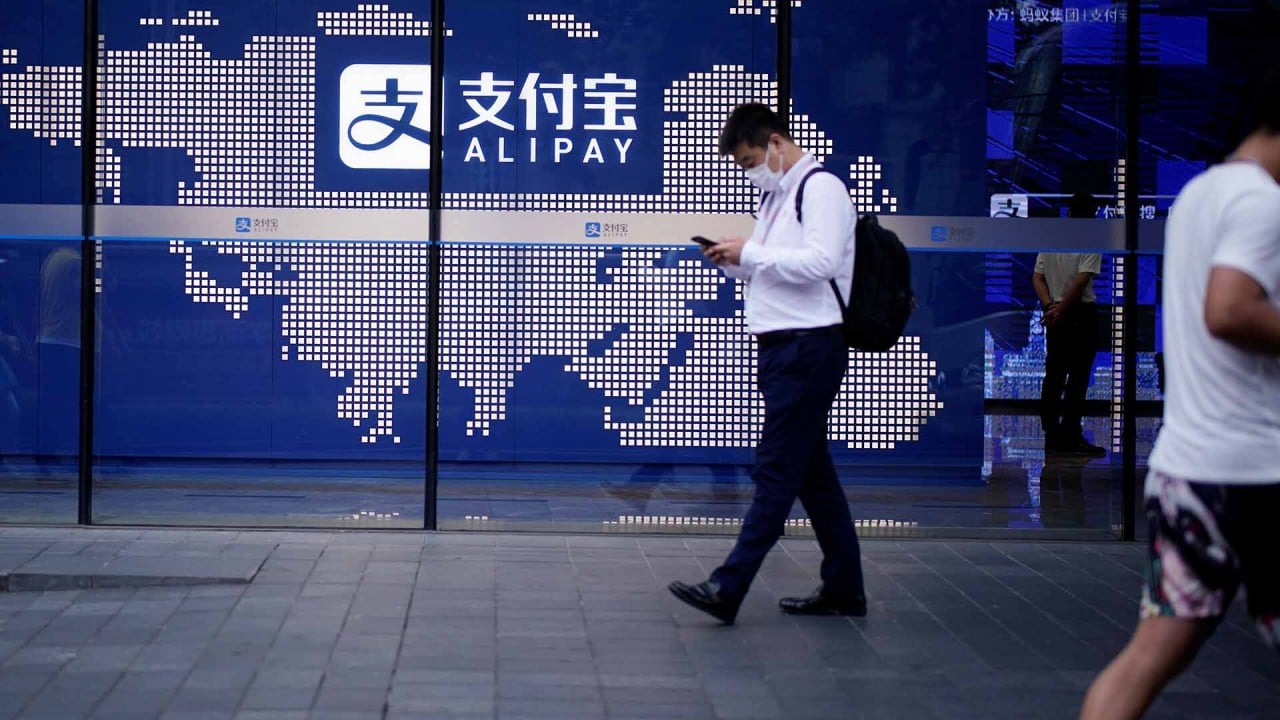
03:04
What is Jack Ma’s Ant Group and how does it make money?
As internet giants and online lenders such as 360 Digitech, Lexin and Yiren Digital account for a much larger piece of China’s consumer loans, regulators are increasingly unnerved by their cosy relationship with banks in the trillions of yuan of loans extended to borrowers.
Their combined share may grow to a third of China’s 11.8 trillion yuan (1.8 trillion) consumer loan market this year, from 17 per cent in 2017, according to an April research note by China Renaissance.
Unlike other countries where nonbank lenders lean heavily on the capital markets to fund their businesses, nonbank players in China have to rely on traditional banks for capital to provide credit to borrowers. By letting them operate outside the formal banking system, a broader systemic risk is becoming increasingly palpable.
“We see an aggressive tightening over the past two years on China’s online lending, as some of the smaller banks have become more aggressive in their partnership with online platforms,” said Fitch’s Wu, adding that “banking systemic risks and household leverage are the issues at stake”.
Click here for a 25 per cent discount to China Fintech Report 2020 by SCMP Research
Proposed rules in fintech, which would require lenders like Ant to pony up the equivalent of 30 per cent of their loans book in capital, may substantially change their business model of co-lending alongside banks.
“Fintech has improved the efficiency of financial services, but it has not fundamentally changed the core nature of finance,” Liang said.
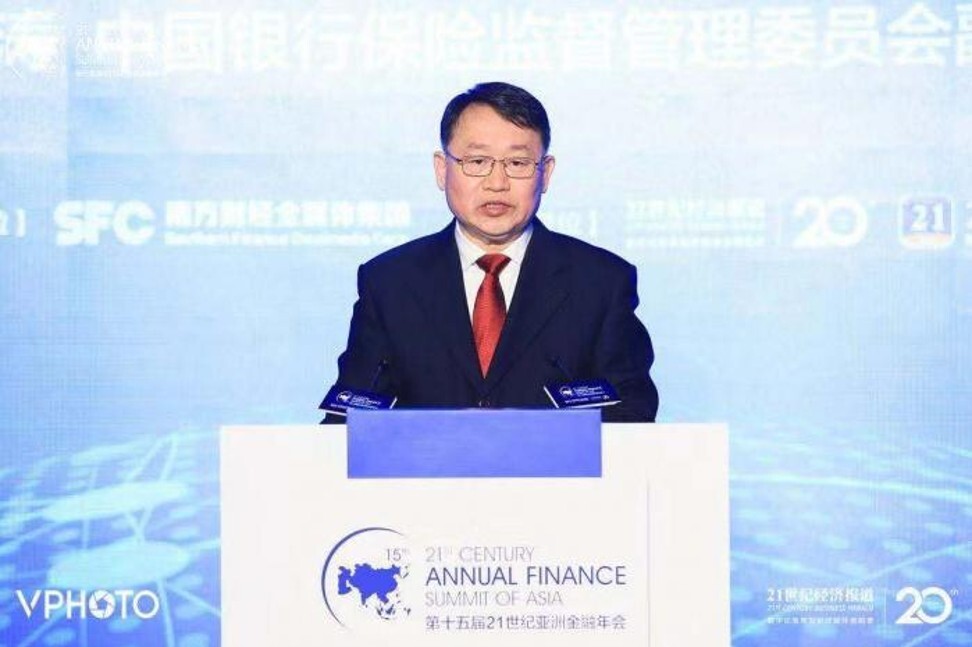
These banks, many with weak capital buffers, are motivated by their partners’ ability to lend to individual borrowers across provincial boundaries: banks in the rural west or north are especially keen to lend to borrowers in the wealthy coastal areas, she said.
As banks essentially provide their balance sheets to back up online loans, any default could force the banks to book impairment losses – which, if serious, could trim their earnings and bite into their core capital.
“We expect slower growth in online microloans and lower profitability for loan facilitation businesses,” said Chen, adding that “regulators are cautious on high-yield consumer loans despite labels of inclusive financing or financial innovation.”
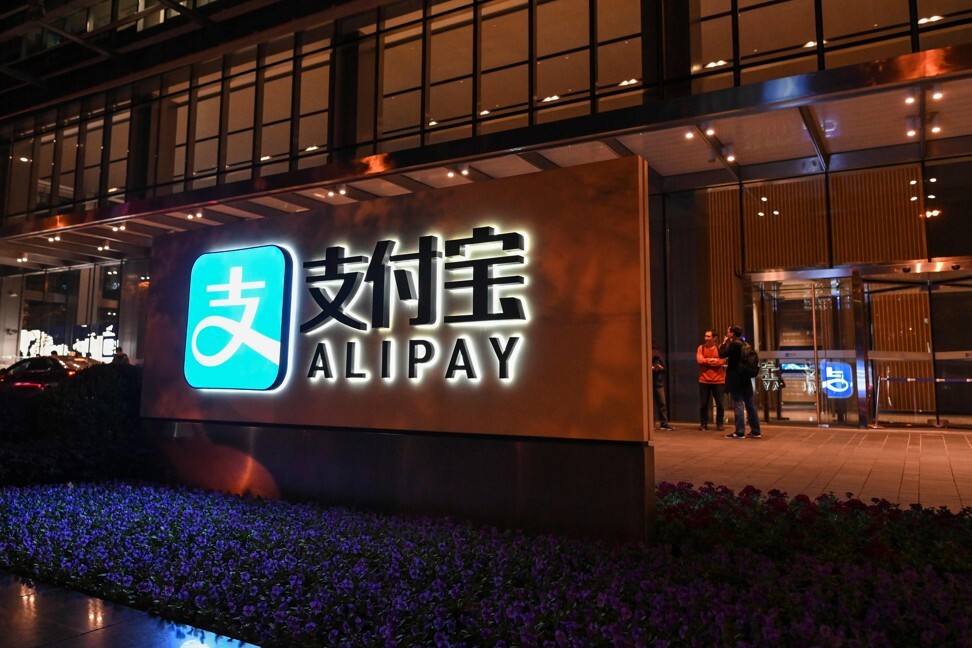
Regulators are also keen to protect the interests of state-owned banks, an important conduit for executing China’s economic policies.
Banks were asked to sacrifice as much as 1.5 trillion yuan (US$228 billion) in 2020 profits to finance cheap loans, cut fees and deferred repayments to help small businesses survive the coronavirus pandemic.
Regulators are hence keen to ensure that any innovation in the name of fintech does not compromise the banks’ role in safeguarding economic growth and stability.

“If banks have to retain their deposit base, they will have to raise their deposit rates,” Sun said. “As banks ultimately have to protect their net interest margins, this would cause them to price their loan interest rates higher, affecting corporate borrowers.”
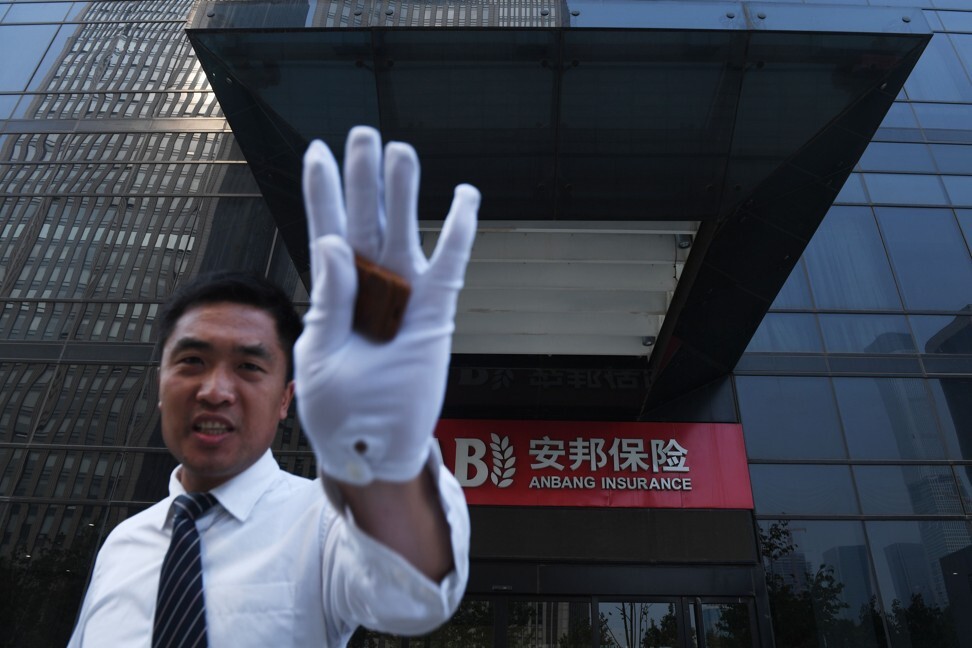

The risk averseness also highlights the lack of financial sophistication among households in China, even as the prevalence of the internet has steepened the learning curve among the younger generation.
Regulators will look to avoid similar blowbacks from consumers by reining in the nation’s tech giants, with new proposals to regulate fintech and monopolistic behaviour, analysts said.
“The tightening of regulations governing fintech also underscores how the Chinese government and central bank’s focus has, during the second half, shifted to reducing risks from protecting growth during the first half by encouraging consumption when the country was still struggling to recover from Covid-19,” said Jefferies’ Chen.
“When the economy has found its footing, controlling retail leverage regains priority.”









